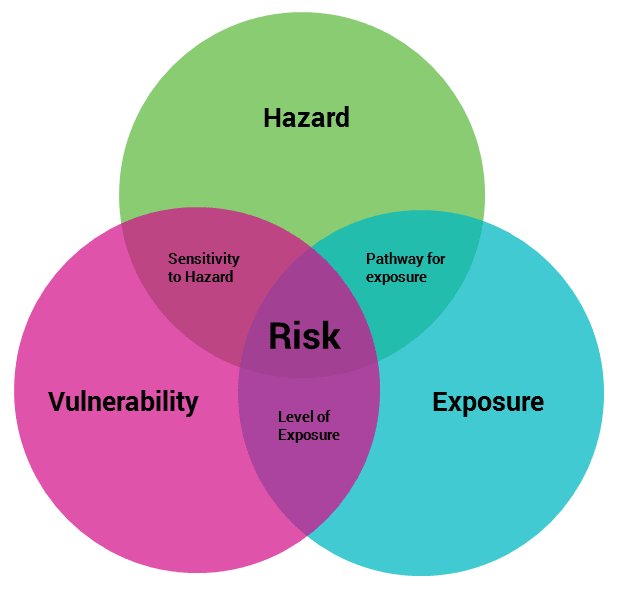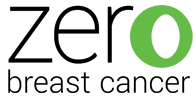Talking About Breast Cancer Risk: It's Complicated!

My favorite way to mix work and pleasure (or work and health if you prefer) is to walk and talk. I can't exactly do that in a digital medium so I am inviting you to sign up for the Dipsea Hike for Zero Breast Cancer and to read more about putting breast cancer risk information into context so that we can talk about it in a realistic way.
Epidemiology, or epi, (defined by the Centers for Disease Control as the study of the distribution and determinants of health-related states or events in specified populations, and the application of this study to the control of health problems) can generate messages that seem counter-intuitive. Epi research doesn't usually establish causality but it can detect patterns that are not random. Methodologically rigorous studies have shown that rates of breast cancer in genetically similar populations in different parts of the world differ based on environmental and lifestyle characteristics. Known risk factors include the timing of childbearing (or not bearing children), breastfeeding, diet (and weight or body composition), physical activity, lack of sleep, stress, radiation exposure and the toxic chemical 'soup' we live in.
Then we have our own personal experiences. We know people who are athletic, who eat healthy, who consciously avoid chemicals in their personal products and homes, who don't smoke or drink, have not use combination hormone replacement therapy (HRT) after menopause and have no known family history (genetic risks). And yet they still got breast cancer. You, dear , may unfortunately be one of those people.
So as we focus on translating research and sharing information about changes we can make - to our lifestyle, in our homes and in our communities - we bump up against the concerns that it is pointless or, worse, victim blaming, to promote ways to modify risk factors.
Here is our take. The two biggest single risks for breast cancer are gender and age. Nature has us walloped on that. Nothing much we can do about those two variables. Other significant risks are exposure to ionizing radiation, lack of physical activity and too much body fat. These factors are implicated in other cancers as well, as are certain occupational hazards, toxins such as pesticides, cigarette smoking and excessive consumption of alcohol.
In the case of breast cancer, another crucial factor comes into play. The breast is unique in the way it develops, in terms of when and under what circumstances the cells grow and divide. Estrogen and other hormones play an important role in regulating breast cell division at key life stages. In the female fetus, maternal estrogen crosses the placenta; we can't fail to notice breast budding and development during puberty; and hormones signal a pregnant woman’s breasts to prepare to lactate. Again, sound epi studies, as well as laboratory-based science, have shown that these periods of breast development are 'windows of susceptibility,' times when exposure to chemicals that mimic estrogen or act on hormones in other ways pose a greater risk to breasts.
At the most basic level of explanation of cancer is cell division gone awry. The complication is that it may take years or even decades for the damage done during one of these 'windows of susceptibility' to cause a tumor.
That may in part explain why some women who have holistic health and wellness practices and habits as adults, with no known genetic or familial risks, still get breast cancer. Consider this though - studies also demonstrate that otherwise healthy women have much better odds of weathering the cancer treatments and side effects. They have better odds of returning to previous activity levels and lifestyles. So even if not a foolproof insurance policy health and wellness is still a distinct advantage. I personally know a tri-athlete who got breast cancer and is now, once again, winning competitions, cancer free.
It is not altogether simplistic to say breast cancer is in part a disease of affluence and not a completely separate category from other chronic first world patterns of disease. Having said that it is true our own community is not homogeneous and socio-economic, racial and ethnic factors as well as our different human and built environments also lead to differences and disparities in the impact of breast cancer - physical, emotional, financial and more. People who are systematically disadvantaged have lower odds of preventing primary disease, are frequently diagnosed with later stage disease and may have co-morbidities (other conditions such as diabetes, heart disease etc).
Finding systems solutions to help individuals and their communities level the playing field must be a shared priority. The work can begin when we all understand the relevance of modifiable risk factors. No one can doubt the power of knowledge to significantly empower individuals and communities.
Our vision is a world with zero breast cancer!
So let's talk about Girls' New Puberty (early puberty increases lifetime breast cancer risk) and 13 Ways to Reduce your Risk of Breast Cancer without any defensiveness or helplessness. These actions steps aren't necessarily the full answer but they are a place to start. Both these campaigns have been thoughtfully designed to be accessible to all, clear and easy to understand. Please share them!
Let’s talk! To our kids. To our sisters and mothers and aunts and grandmothers - and to the men in our community too. To our friends, neighbors and colleagues. And oh - don't forget. Let's walk!
This blog was written by Rose Barlow, Executive Director of Zero Breast Cancer.

